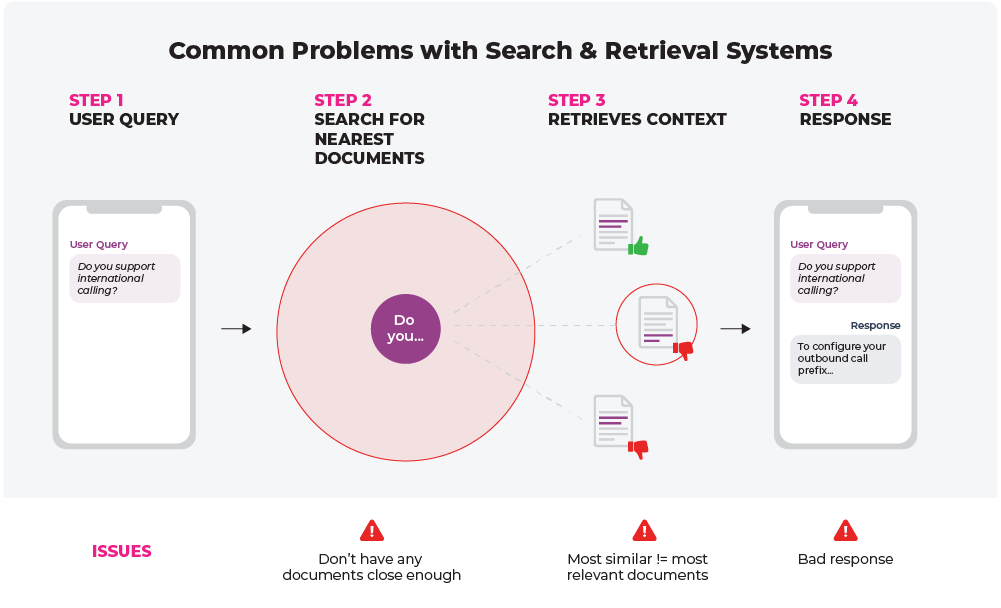Agentic RAG with VoyageAI, Gemini and LangGraph
Retrieval augmented generation (RAG) was a major leap forward in AI, transforming how chatbots engage with users. By combining retrieval-based methods with generative AI, RAG allowed chatbots to pull real-time data from large external sources and generate responses that were both accurate and relevant. This innovation made the development of chatbots simpler and more efficient while ensuring they can adapt to changing data, which is crucial in areas like customer support, where timely and precise information is key.
Traditional RAG systems struggled with making quick decisions in fast-paced scenarios, such as booking appointments or handling real-time requests. This is where the agentic RAG comes into play, it tackles this by adding intelligent agents that can retrieve, verify, and act on data autonomously. Unlike standard RAG, which mainly retrieves data and generates responses, agentic RAG enables AI to proactively make decisions on the fly, making it perfect for complex situations like medical diagnoses or customer service, where quick and accurate decision-making is essential.

Integration of Tools
This tutorial focuses on implementing an intelligent, agentic question-answering (Q&A) system that dynamically decides whether to use a knowledge base or perform an internet search based on the user’s query. To achieve this, several tools need to be integrated:
First, you need to install the necessary libraries and get the packages needed to develop this AI application.
The next step involves setting up the API keys required to use Gemini (Google Generative AI) and Tavily search. Follow the provided guide to obtain your API keys.

After setting up the API keys, the data for the knowledge base needs to be prepared. In this tutorial, a dataset containing primary information about MyScaleDB is used. The data is processed into manageable chunks for efficient retrieval.
Workflow of the Application
The workflow of the agentic RAG application involves multiple steps and checks:
1. Analyzing user queries to understand intent and context.
2. Deciding whether to use the knowledge base or perform a web search.
3. Retrieving relevant information based on the query.
4. Generating responses using the retrieved information.

The application utilizes tools like LangChain to streamline the workflow, making complex decisions and maintaining efficiency. Tools such as LangGraph help in organizing the tasks and ensuring a structured approach to handling user queries.
Building the Q&A System
The development of the dynamic Q&A system involves defining the agent, analyzing user queries, selecting the appropriate tool, and generating responses. Gemini is used to aid in decision-making and response generation based on the query.
By integrating tools like LangChain, MyScaleDB, VoyageAI, and Tavily, an adaptable AI agent capable of efficiently handling complex questions is created. This tutorial provides a comprehensive guide on building such a system and encourages further exploration and enhancement of AI applications.




















